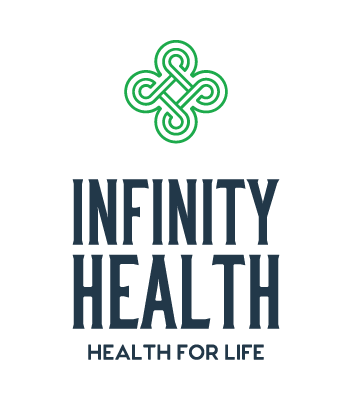Tennis Elbow, or lateral epicondylitis, is an overuse injury common for tennis players. This is due to inflammation resulting from repetitive activity. Although it is prevalent in racket sports, it is also a common workplace injury amongst painters, carpenters and plumbers. Inflammation in the extensor carpi radialis brevis muscle, used to move the hand, is what causes the discomfort associated with tennis elbow.
Symptoms of tennis elbow include pain and/or burning on the outside of the elbow and a weakened grip. Pain may extend into the wrist and forearm. Common movements like turning a door knob, shaking hands or holding a coffee cup may become harder to do. It is common for symptoms to start subtly and build over time.
To treat tennis elbow, there are a number of things you can do.
For more mild symptoms, treatment recommendations include rest, regular icing of the affected area, use of over the counter anti-inflammatory medicines such as Advil or Aleve and stretching. For more advanced cases, you may require ultrasound therapy, cortisone shots and bracing and/or compression.
If you’d like more information on your tennis elbow symptoms and treatment plan, get in touch with one of our qualified Physios and we can get you healing and back on the court in no time!

